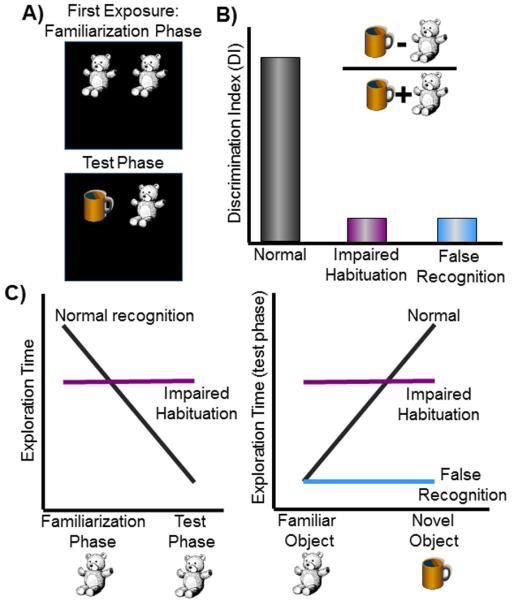Figure 3. Performance measures on spontaneous object recognition tasks.

(A) Schematic of the spontaneous object recognition task. Rodents are initially exposed to two novel objects in an arena during a familiarization phase (top box). Following a delay, subjects are placed in the same arena but with an object that is identical to the ones from the familiarization phase and a novel object (bottom box). Intact adult rats spend more time exploring the novel object relative to the familiar one. (B) The exploration times during the test phase can be used to calculate a discrimination index (DI). The DI (difference in time spent exploring the novel vs familiar object / total object exploration time) is often used to quantify rodent performance on the spontaneous object recognition task. A reduced discrimination index, however, can be obtained from either a failure to habituate to the familiar object (for example, forgetting it was experienced) or falsely recognizing the novel object as familiar, and this measure alone cannot distinguish between these two different behavioral outcomes. (C) Shows the exploration times of sample identical objects during the familiarization and test phase (left panel) and of the distinct individual objects during the test phase (right panel). These figures show how it is possible to obtain the same DI measure from different behavioral output, either a failure to habituate or an inability to identify the novel object as new. These two distinct behavioral causes of a reduced discrimination index (forgetting versus false recognition) could have different neurobiological etiology. Thus, it is critical to examine the raw exploration times of objects during the sample and test phases in order to determine the source of lower discrimination indices.
